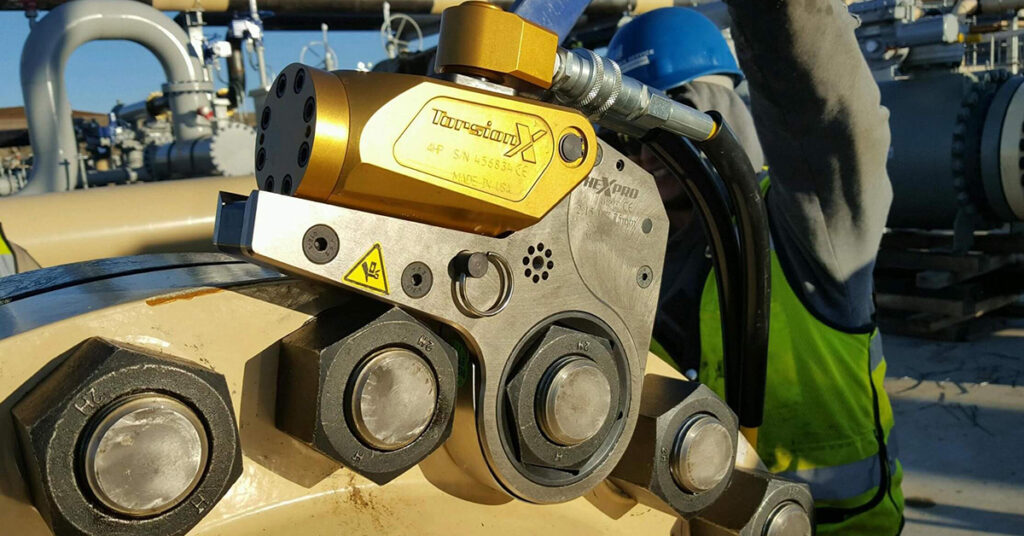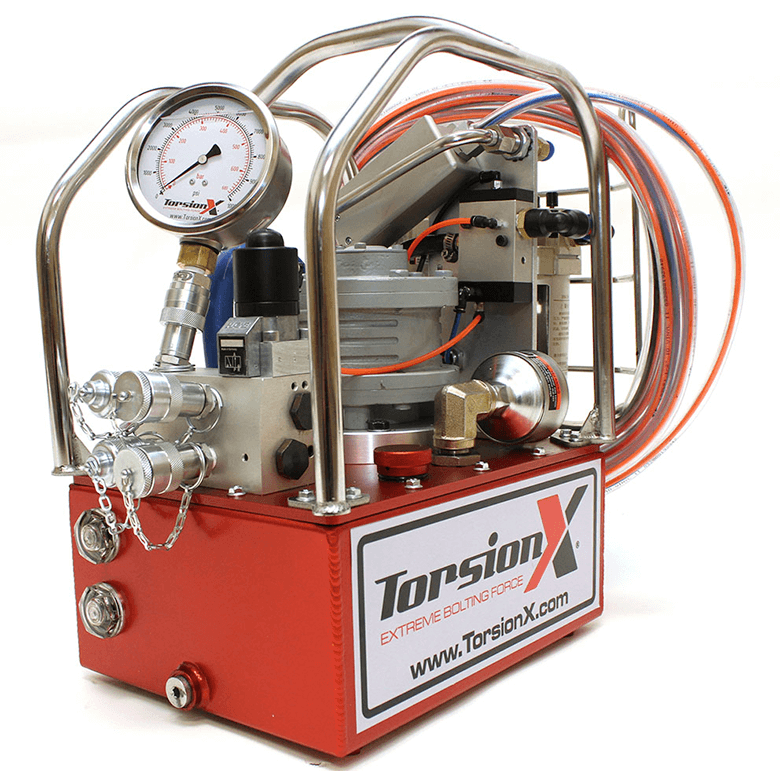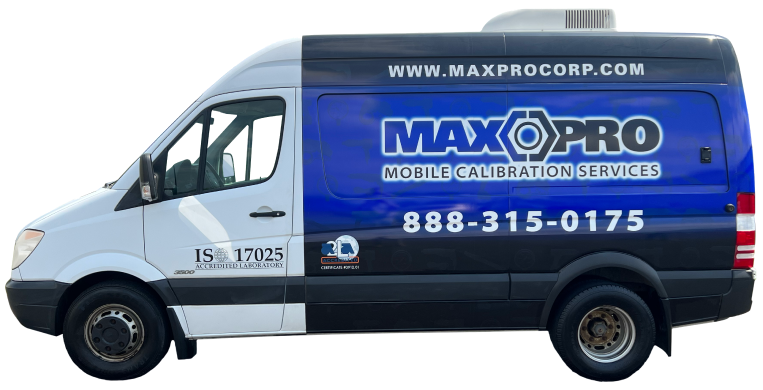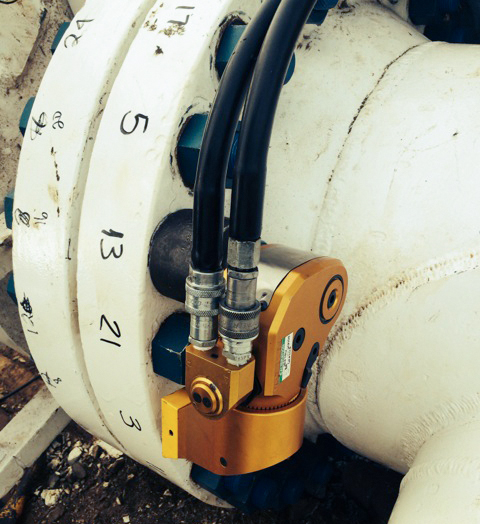
Hydraulic torque wrenches operate at high pressure (up to 10,000 PSI) and can produce torque outputs over 50,000 ft./lbs.
These are very precise tools, with an accuracy range of plus or minus three percent and a repeatability of plus or minus one percent.
Hydraulic torque wrench operation is powered by a hydraulic pump, which is in turn runs using either electric power or pneumatic pressure.
These are industrial strength wrenches, able to exert a tremendous amount of torque to a large bolt head. You’ll find them at work in power plants, pipelines and steel mills.
But because of their extreme pressure levels and torque outputs, it’s crucial that tool operators understand how to use these wrenches correctly and safely.
That’s why we’ve put together this list of 10 key hydraulic torque wrench operation tips:
 1. Inspection
1. Inspection
Visually inspect all components – hoses, fittings, tool and pump – for unusual wear, cracks, burns or damage before connecting the system.
2. Documentation
Make sure the operator has the correct pressure-to-torque chart for the chosen tool, along with updated calibration certification papers for that tool and pump pressure gauge.
3. Proper power
Make sure you have proper power for the
torque pumps. For air pumps, that means ensuring proper hose diameter size along with correct PSI and CFM input at the pump. For electric pumps, you’ll need proper and sufficient amps and voltage with a heavy-duty extension cord.
4. Hydraulic fittings
Next on our list of hydraulic torque wrench operation tips: make sure hydraulic fitting connections are fully engaged on the hoses to the tool and pump
5. Sockets
The sockets must be impact-style sockets in good condition, not worn on the input or output sides of the socket.
6. Self-check
This is a critical safety measure. The tool operator must be fully focused on using their tools, with no distractions.
7. Connections
Make sure the system is fully connected and not on the application when the pressure to torque output is set on the pump.
8. Stalling
When applying torque on the application, be sure the operator fully stalled the tool before retracting/releasing the pump pressure pendant control.
9. Final advancement
When the tool fully stalls out, make sure the operator applies one final advancement of the tool to ensure the bolt is fully torqued to specification before moving onto the next bolt.
10. Shut down
The operator should fully turn off the pump – either electric or air – on the pendant switch when removing the tool from the bolt.
Finally, it’s important to make sure your hydraulic torque wrench has been properly calibrated to ensure safe, accurate measurements.
Maxpro can help you on that front. For more than 25 years, customers have counted on us as both a reliable provider of top quality torque tools and an accredited calibration lab. Contact us today to learn how we can help you with your next project.






